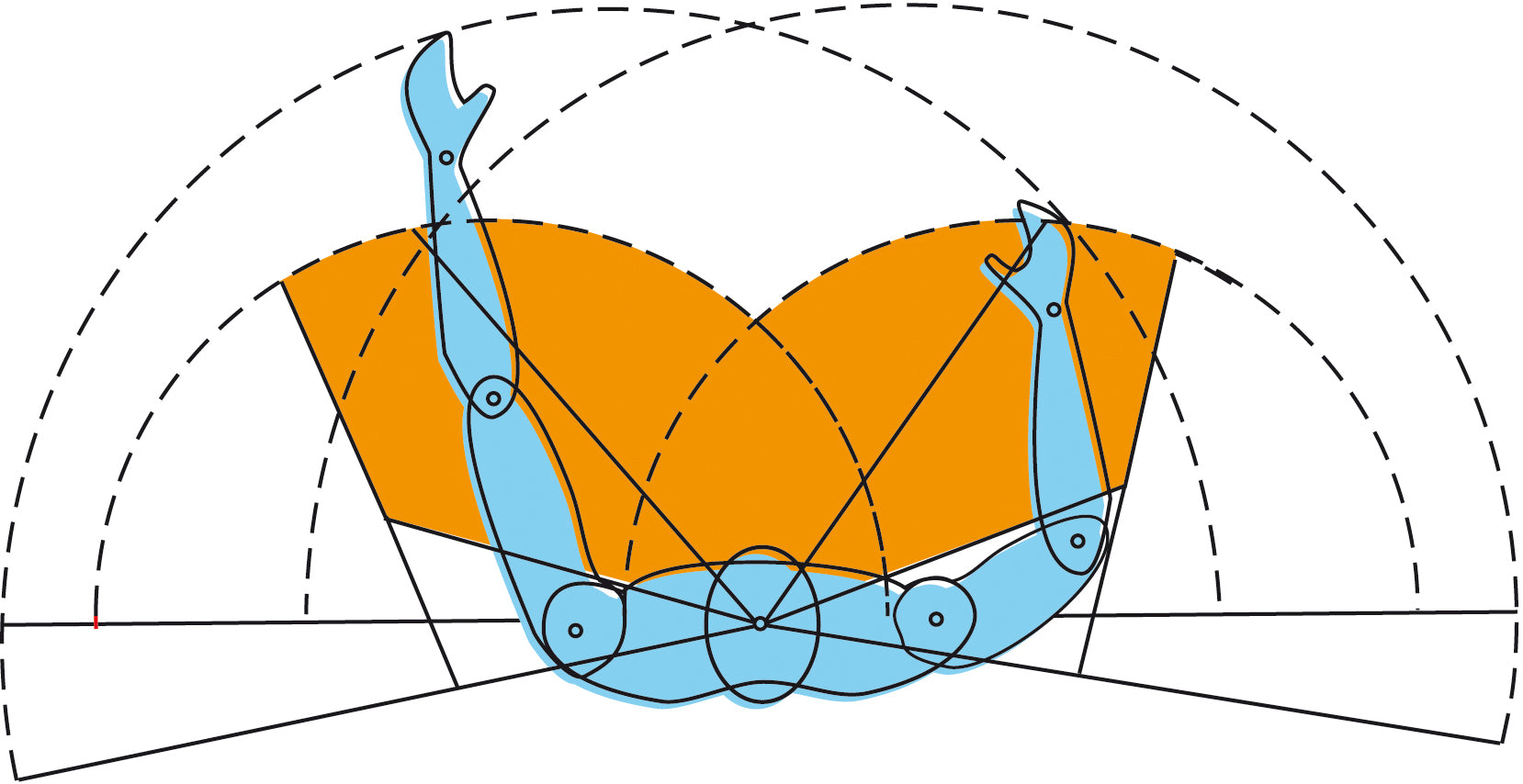What do you look for in a chair? We take a look at the ergonomic factors that can make a positive impact on your daily life.
What do you look for in a office chair? Is it a certain colour or style? Do you prefer a streamlined mesh aesthetic or is it a deep executive leather you’re after? While these cosmetic aspects of the task chair are important; there are medical and physical factors to consider that, when you consider how long your seated on an average day, can have a major impact on your health and wellbeing.
By asking these questions when considering your purchase, you can make an informed decision – no matter what your budget.
What chair upholstery is best?
Chairs can be covered in a variety of materials, but the dominant choices are mesh, leather or foam and fabric. A main aspect of modern office chairs is ensuring that the user has sufficient ventilation. With leather and foam seats, perspiration and heat can increase, causing discomfort and distraction. Mesh and many modern cloth fabrics enable airflow to the user’s back and legs, ensuring that the user is kept cool and fresh.
How does the chair recline?
The recline action on a chair is pretty much the reason for using a task chair. How the seat and back move in relation to the user will have a signficant effect on your comfort and your body. The recline should firstly promote movement with the back of the chair moving softly as you recline and return. This will ensure you can naturally find comfortable postures throughout the day, while mobile postures encourage bloodflow.
Does the chair fit your shape?
When seated in the chair, the seat should be at least 1 inch wider than your hips on either side. The seat pan itself should provide 2 inches between the back of the knee and the chair to prevent your legs chafing against the chair as it moves and ensure that you can make the most of the recline and lumbar support. Most task chairs now offer pneumatic height adjustability to ensure your feet are flat on the ground at your desk. If not, a footrest might be required.
Is the lumbar support comfortable? Is it adjustable?
The lumbar is the lower region of the spine that is often ill supported when seated. This can have a greater impact when the user is sitting for long periods of time and so many manufacturers now offer support for this region. When seated, check if the lumbar support can be adjusted to fit the curvature of your back.
Does the chair still feel comfortable after 60 – 120 minutes?
The best assessment when purchasing a new office chair is giving yourself time to trial it. You’ve probably experienced the comfort of a very soft chair and then found it to be uncomfortable over a longer duration and task chairs are no different. We all work differently, even at the same tasks, so it’s important to ensure the chair provides sufficient support, comfort and cushioning to prevent later issues.




